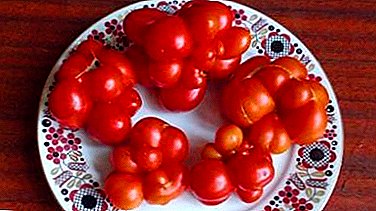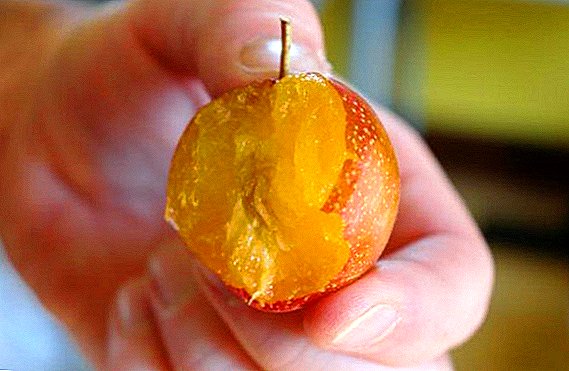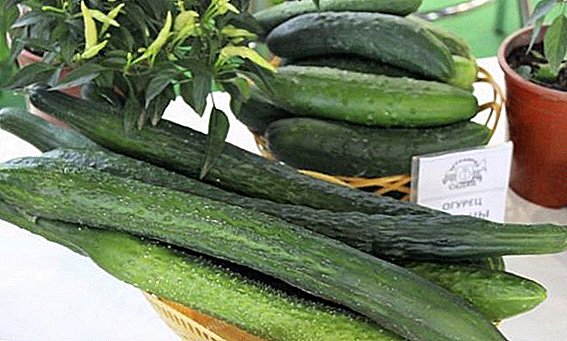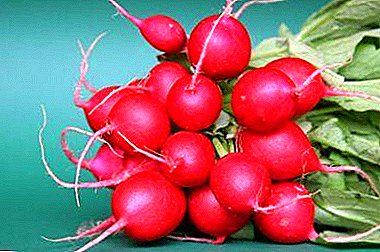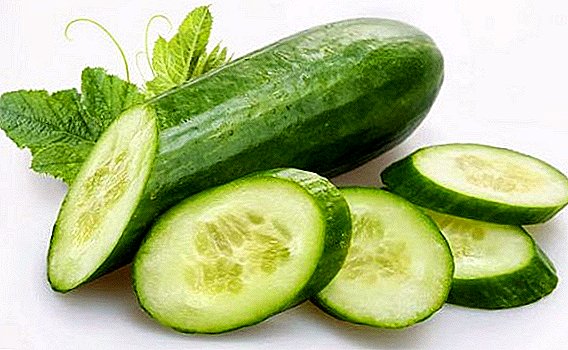
Spinach and sorrel are considered among the most vitamin herbs among vegetable crops. These are indispensable products on the tables of fasting people and vegetarians.
Outwardly, they are extremely similar, the ripening season is also the same, they can be interchanged in some dishes. However, the difference between these varieties of herbaceous plants is still there.
The article will tell you in detail exactly how the two vitamin representatives of the useful vegetable greens differ.
Why are these plants confused?
Confusion arises in the early stages of leaf ripening: having seen the first leaves on the garden, the gardeners at first do not see any difference in what has sprouted - sorrel or spinach. But after more careful consideration, features characteristic of either sorrel or spinach begin to show.
How to distinguish?
Despite the confusion in the choice of these herbs, the question “This is one and the same, yes or no?” Can be answered with all certainty: of course not, because they also have striking differences:
- foliage of sorrel pointed, light green;
- spinach foliage rounded, dark green;
- taste features: sorrel tastes sour, spinach - sour-bitter.
But, after all there are similarities between these beneficial herbs:
- they can be eaten raw;
- these herbs are suitable for boiling, canning and drying;
- and most importantly, they are low-calorie, which is very important for people prone to being overweight.
A photo
In the photo below we can see both plants to better understand what it is and how they differ.
This is sorrel:



This is spinach:

Use and chemical composition
Recently, nutritionists and biologists have conducted studies on the benefits of both plants. The findings suggest that and sorrel and spinach are extremely beneficial to the human body. They contain all the necessary trace elements, amino acids, vitamins to support the vitality.
What is useful in these products? Let us examine their chemical composition.
Sorrel contains in its composition (per 100g of product):
- acid of the same name - sorrel (0.3%), as well as pyrogallic and ascorbic;
- essential oils, their main property is antiseptic (stops the spread of dangerous microbes);
- vitamins (51 mg);
- proteins (1.5 g);
- carbohydrate (2.9 g);
- minerals, as well as elements such as carotene and biotin (2.5 mg).
In the aggregate, this composition helps the body to get rid of toxins, slags, relieves gastritis pain, back and gall bladder problems, as well as rheumatoid exacerbations and allergic reactions. Sorrel can help with difficulties with menopause, infertility and even uterine bleeding.
Composition of spinach (per 100g of product):
- iron (2.71 mg);
- calcium (99 mg);
- proteins (2.86 g);
- fats (0.39 g);
- carbohydrates (3.63 g);
- iodine (20.8 mcg);
- A green leafy vegetable is full of vitamins and amino acids.

The leaves of this herb are extremely rich in protein, for which spinach received an interesting second name - "vegetable meat". High The potassium content in spinach leaves can improve heart function.
The use of this herb helps the nervous system, activates brain activity. There is a hypothesis that eating spinach leaves can help with cancer.
Important! But it is worth considering one feature of spinach - a light laxative effect.
Similarities and differences
Having examined in detail the chemical composition of these products, it is easy to conclude that there are many advantages in both herbs. Both vegetables have a positive effect on such systems as:
- cardiovascular;
- digestive;
- endocrine.
The difference is only in the percentage of the predominant trace elements: acids, vitamins, minerals predominate in sorrel; proteins, amino acids, iodine - in spinach.
It is necessary to listen to your body and choose a vegetable, focusing on its beneficial properties and composition. It is worth noting that the market value of spinach is much higher than that of sorrel, which can even be derailed for free, leaving for a meadow outside the city.
By taste, sour grass is much more pleasant than bitter. Having tried spinach once, many people no longer want to eat it because of the disgusting taste.
Harm and contraindications
Any product has a number of contraindications for use.
For sorrel it is:
- Gout.
- Diseases of the kidneys, stomach, bladder.
- A stomach ulcer.
 Do not often cook dishes of sorrel leaves, repeated absorption of the product can disrupt the metabolism in the body.
Do not often cook dishes of sorrel leaves, repeated absorption of the product can disrupt the metabolism in the body.
Spinach should not be consumed in the presence of diseases of the genitourinary system and, like sorrel, in gout.
In addition, this product is saturated with nitrates, which requires particularly careful cooking when cooking.
The leaves of this plant do not provide for long storage., because every day they increase the salt content, which is dangerous for the body.
Important! Sorrel contains more beneficial microelements, unlike spinach, but more acids, which makes it dangerous for diseases of the gastrointestinal tract.
Can one vegetable be replaced by another?
Spinach is a rather fresh-flavored product, which is why sometimes, in the preparation of first courses or salads, it is completely replaced with sorrel, or added a little to add spicy sourness.
Is it permissible to combine?
Often, spinach and sorrel can be seen together in various salads, the benefits of such a culinary product are very large - the content of useful trace elements, fiber, and amino acids naturally increases. But it is worth considering the features of both herbs, If there are no contraindications, eat on health.
What to choose: spinach or sorrel, you decide. Rely on your taste, as well as on the result you want to get, using these useful leaves.


